Introduction
Men Ding Rou Bing, a beloved street food and home-cooked delicacy from Beijing, China, embodies centuries of culinary craftsmanship. Translated as “Door Stud Meat Pie,” this dish draws its name from its resemblance to the ornate brass studs adorning the red doors of the Forbidden City. These buns, characterized by their golden, crispy exteriors and juicy, aromatic meat fillings, have been a staple of northern Chinese cuisine since the Qing Dynasty. Unlike their steamed counterparts, Men Ding Rou Bing is pan-fried to perfection, creating a harmonious contrast between the tender filling and the chewy, slightly charred dough. This article delves into the history, techniques, and cultural significance of this iconic dish, guiding readers through the meticulous process of recreating it in their own kitchens.
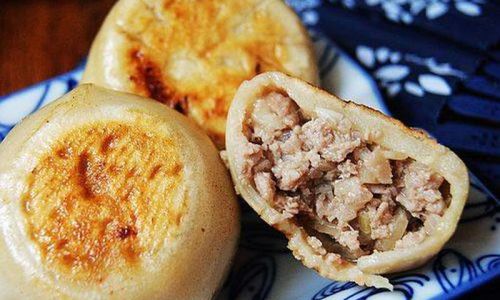
The Origins and Cultural Symbolism
The story of Men Ding Rou Bing begins in the bustling alleyways of old Beijing, where vendors sold these pies from wooden carts to laborers and imperial courtiers alike. Legend has it that the dish was inspired by the imperial kitchen’s quest to create a portable, hearty meal for guards patrolling the Forbidden City. The name “door stud” refers to both the bun’s shape—thick, round, and flat-bottomed—and its historical connection to the palace’s architecture. Today, Men Ding Rou Bing remains a symbol of Beijing’s culinary identity, often served during family gatherings, winter festivals, and as a nostalgic reminder of the city’s imperial past.
Ingredients: The Foundation of Flavor
Crafting authentic Men Ding Rou Bing requires a careful selection of ingredients, each chosen to balance richness, umami, and freshness.
For the Dough:
- 500g all-purpose flour (preferably high-gluten for chewiness)
- 280ml warm water (40–45°C)
- 1 tsp salt
- 1 tbsp vegetable oil (for kneading)
For the Filling:
- 400g ground pork (preferably pork belly or shoulder for fat content)
- 50g fresh ginger, minced
- 3 garlic cloves, grated
- 4 green onions, finely chopped
- 2 tbsp light soy sauce
- 1 tbsp Shaoxing wine (or dry sherry)
- 1 tbsp sesame oil
- 1 tsp white pepper
- 1 tsp sugar
- 1/4 cup chicken broth (or water)
- 1 tbsp cornstarch (optional, for binding)
For Cooking:
- 3–4 tbsp vegetable oil (for pan-frying)
- 1/4 cup water (for steaming)
The Dough: A Canvas of Texture
The dough’s success hinges on achieving the ideal balance between elasticity and tenderness. Begin by combining flour and salt in a large mixing bowl. Gradually incorporate warm water, stirring with chopsticks until a shaggy mass forms. Transfer to a lightly floured surface and knead for 8–10 minutes, or until the dough becomes smooth, glossy, and resilient—a sign that gluten has developed sufficiently.
Rub the dough with a thin layer of vegetable oil, cover with a damp cloth, and let it rest for at least 30 minutes. This resting period, known as “xing mian” in Chinese baking, allows the gluten to relax, making the dough easier to roll and preventing shrinkage during shaping.
The Filling: Mastering Umami and Juiciness
The filling’s complexity lies in layering flavors and ensuring moisture without sogginess. In a large bowl, combine ground pork, ginger, garlic, green onions, soy sauce, Shaoxing wine, sesame oil, white pepper, and sugar. Using your hands or a wooden spoon, vigorously stir the mixture in one direction for 5–7 minutes. This step, called “shui da” (water beating), aligns the meat’s proteins, creating a springy texture and trapping air pockets that later absorb the broth.
Gradually drizzle in the chicken broth (or water) while continuing to stir. The filling should appear glossy and slightly loose—a critical factor in achieving the signature juiciness. For stability, some cooks add cornstarch, though purists argue it dulls the meat’s natural flavor.
Shaping the Buns: Precision Meets Tradition
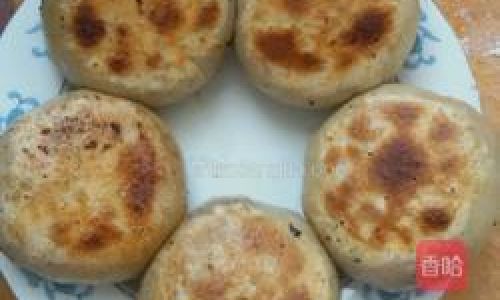
- Divide the Dough: Pinch off egg-sized portions (about 30g each) and roll into smooth balls. Cover with plastic wrap to prevent drying.
- Roll the Wrappers: Flatten each ball into a 4-inch circle, ensuring the edges are thinner than the center. This “thick middle, thin edge” technique prevents bursting during cooking.
- Fill and Seal: Place 1.5–2 tbsp of filling in the center. Gather the edges like a purse, pinching and twisting to seal. Flatten the sealed bun gently to form a 3/4-inch-thick disk.
Traditional Men Ding Rou Bing features a dimpled top and a flat base, mimicking the door stud’s shape. Avoid overfilling, as this can cause leaks or uneven cooking.
Cooking Techniques: The Dance of Fire and Oil
- Pan-Frying: Heat a heavy-bottomed skillet over medium heat. Add 2 tbsp oil and arrange the buns flat-side down, leaving space between them. Fry for 3–4 minutes until the bases are golden brown.
- Steaming: Reduce heat to low, pour in 1/4 cup water, and cover immediately. Steam for 8–10 minutes to cook the dough through.
- Crisping: Remove the lid, increase heat to medium-high, and fry for an additional 2–3 minutes until the water evaporates and the bottoms crisp.
This two-step method—frying, steaming, and crisping—ensures a golden crust, moist filling, and fully cooked dough.
Serving Suggestions: Elevating the Experience
Men Ding Rou Bing is traditionally served with black vinegar, chili oil, or a garlic-soy dipping sauce. Pair it with pickled daikon, congee, or a bowl of hot and sour soup for a complete meal. For a modern twist, serve alongside a crisp cucumber salad or a glass of chrysanthemum tea to cut through the richness.
Cultural Nuances and Regional Variations
While the Beijing-style Men Ding Rou Bing remains the most renowned, regional adaptations exist. In Tianjin, cooks sometimes add fermented bean paste to the filling, while Shandong chefs incorporate shrimp for a briny contrast. However, purists insist that the classic pork-and-green-onion combination, with its balance of savory and aromatic notes, is unparalleled.
Preserving Tradition in a Modern World
In an era of instant noodles and microwave meals, Men Ding Rou Bing endures as a testament to the value of patience and craft. Each bun—from the meticulous kneading to the precise flip in the pan—carries the legacy of generations. For home cooks, the act of making this dish is not merely culinary but cultural, a bridge to a heritage where food was love, labor, and legacy.
Conclusion
Men Ding Rou Bing is more than a meal; it is a narrative etched in flour, meat, and fire. By honoring its traditions—the warmth of hand-kneaded dough, the rhythm of stirring the filling, the sizzle of the pan—we preserve a slice of China’s culinary soul. Whether enjoyed on a Beijing street corner or in a kitchen halfway across the globe, this humble pie continues to nourish bodies and spirits, one golden, juicy bite at a time.
Word Count: 1,210
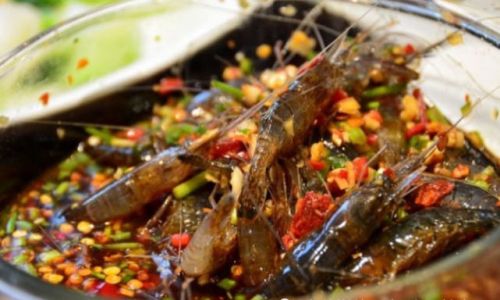

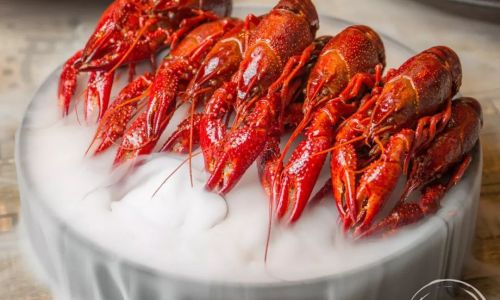
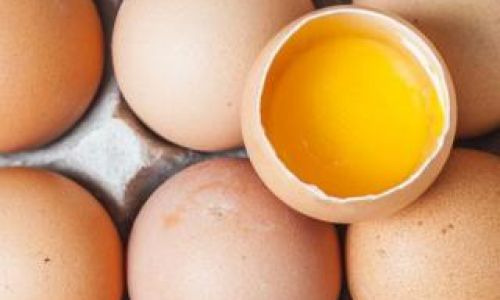
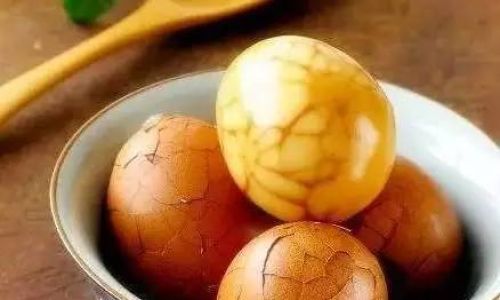
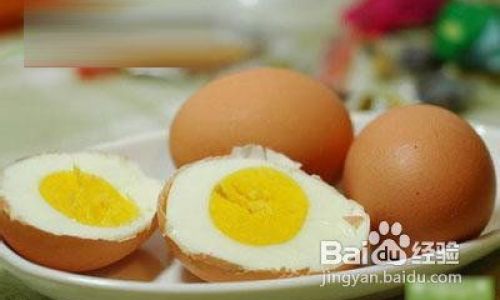
0 comments